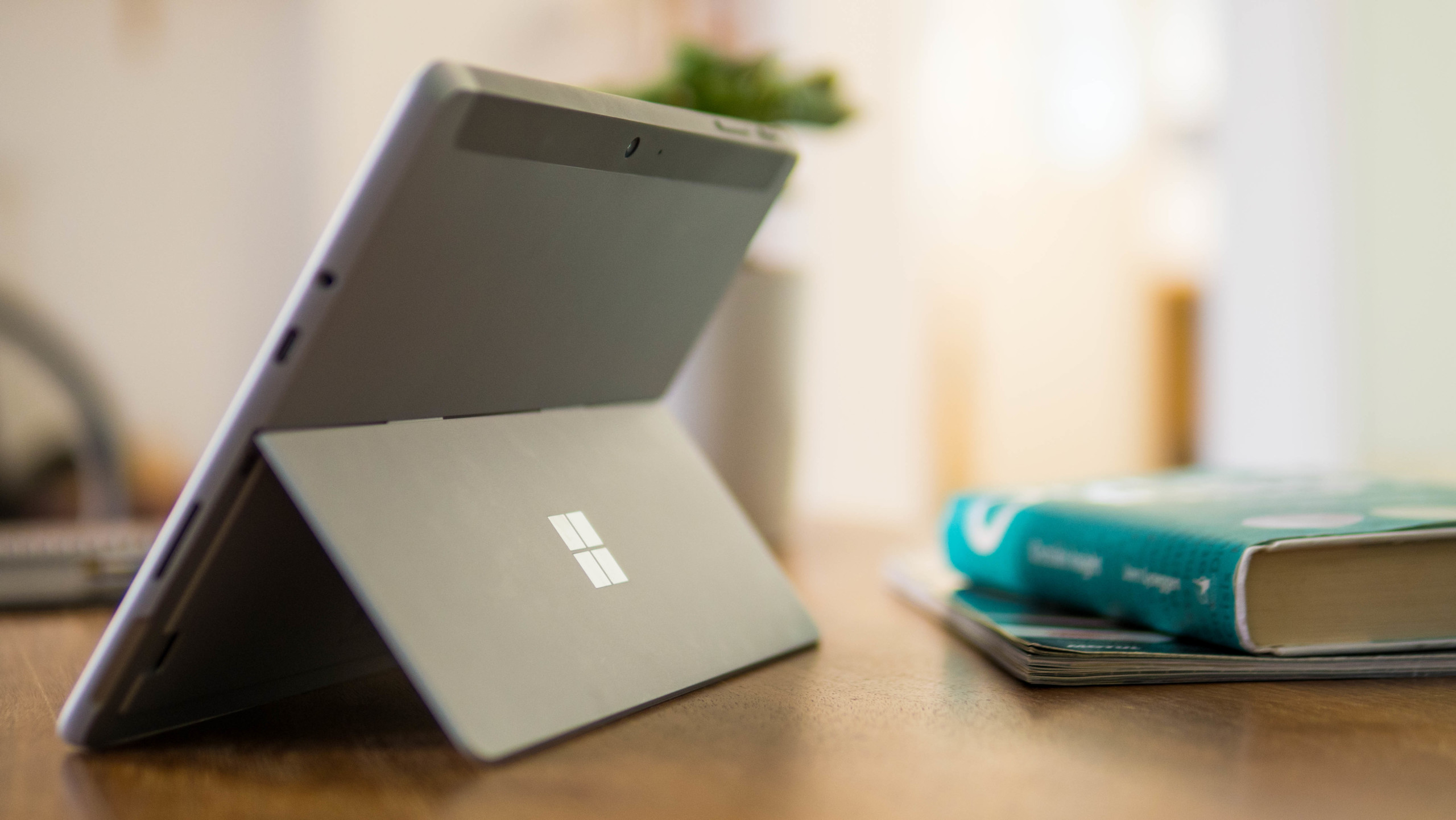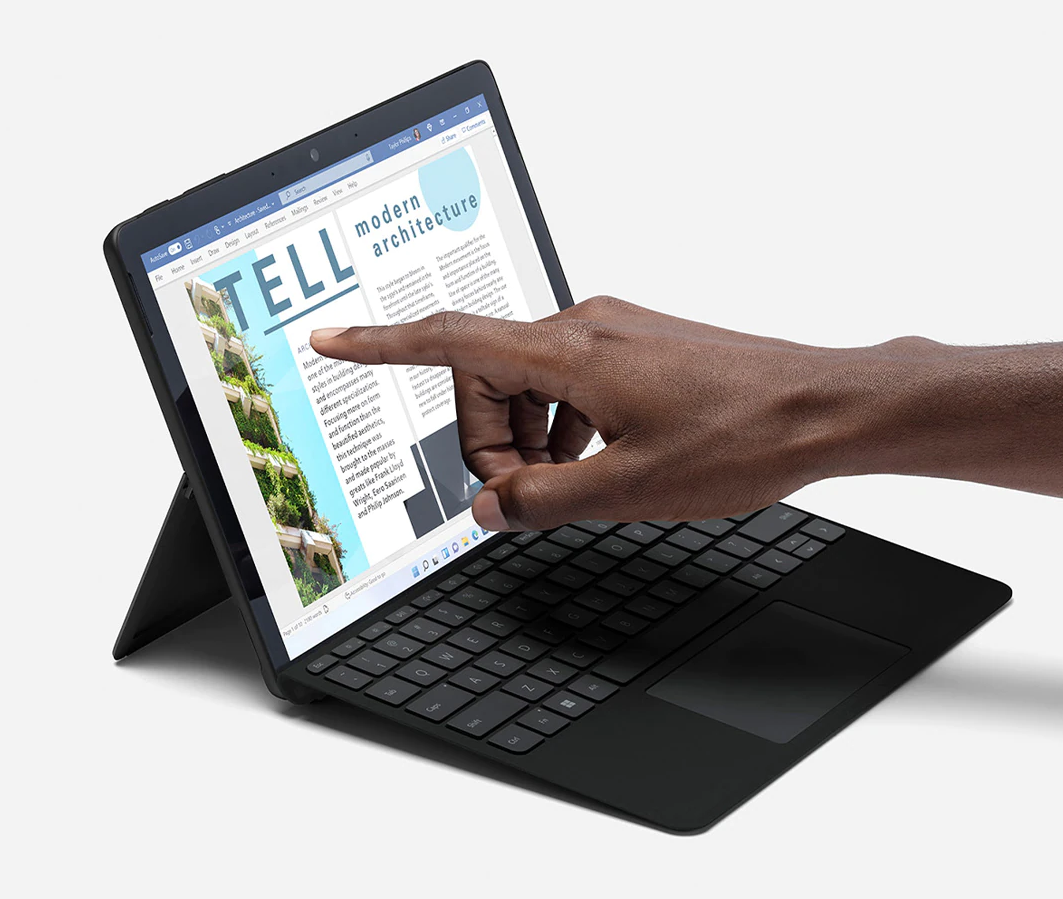


You can max it out with a dual-core Intel Core i3 CPU, 8GB of RAM and the same 128GB SSD for $629 (£569, about AU$870). Not only should you have 8GB of RAM at a minimum with Windows 11, but that SSD is going to load programs so much faster than the eMMC drive found in the starting tier. That is incredibly affordable, especially for a Surface device, but our advice is to, well, not buy that one.Īt a minimum, you should probably go for the mid-range spec, which will get you the same processor, but with 8GB of RAM and an actual SSD – with 128GB of storage. For that entry-level price tag you’ll get an Intel Pentium 6500Y processor, 4GB of RAM and a 64GB eMMC drive. The Surface Go 3 is available today starting at $399 (£369, AU$629). Ports: 1x USB-C 3.1, microSD card reader, combi audio jack, Surface Connect port

Here is the Surface Go 3 configuration sent to TechRadar for review:ĬPU: 1.3GHz Intel Core i3-10100Y (dual-core, 8MB Intel Smart Cache, up to 3.9GHz with Turbo Boost)


 0 kommentar(er)
0 kommentar(er)
